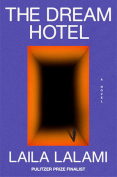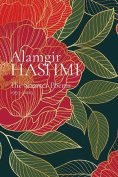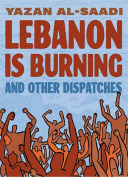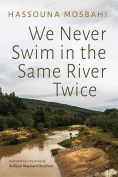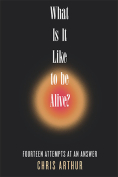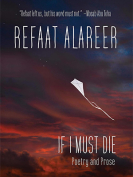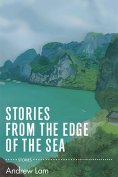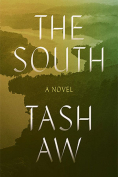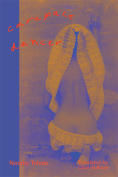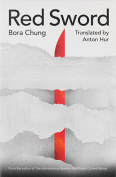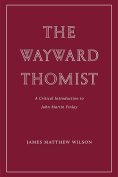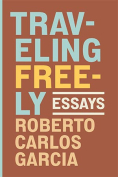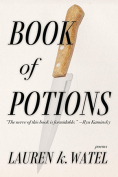Death Takes Me by Cristina Rivera Garza

London. Hogarth. 2025. 320 pages.
In Cristina Rivera Garza’s Death Takes Me, nothing is what it seems. In fact, all the formulaic aspects of detective fiction are called into question, our sensibilities are cast into doubt, and the book we are reading is itself a part of the plot.
One great attraction of the detective novel is its formulaic plot structure, and Death Takes Me indeed appears formulaic at first blush, but only as a shadow, as if we are dreaming of a detective novel where the plot only resembles a detective novel; a dream where the characters are both real and imagined. Moreover, reflections in the novel of a life full of uncertainty and violence characterize the early twenty-first century to an uncanny degree.
This is a haunting story that grips readers from its very first sentence: “‘That’s a body,’ I muttered to no one or to someone inside me or to nothing.” The obviousness of the opening line foreshadows a coming darkness that drags us beneath the surface and demands that we reexamine what we know about the patriarchal nature of society as well as the plot structure of detective fiction and, by proxy, all fiction. If fiction reflects life, then Death Takes Me is an astounding reflection on just where we are situated, both ontologically and epistemologically in the twenty-first century.
The “body” in question is that of a castrated man found in an alley by a passing runner and university professor who just happens to be named Cristina Rivera Garza. Soon, more castrated men are found dead, and a female detective enters the scene only to be thrown into a maelstrom of confusion, fear, and poetry.
Death Takes Me is broken into five parts. In part 1, a female detective begins to investigate, and the only links are the castration of all the men as well as poetic statements written near the bodies. The second part depicts a series of “messages” written by someone who may or may not be the killer to Cristina Rivera Garza. We are not sure at this point if the killer is female or male. The third part is told from the female detective’s point of view and others. The detective concludes that the murderer is more than anything else a good walker. In the fourth part, we discover that Rivera Garza is writing a book on the poetry and prose of Alejandra Pizarnik, whose poetry is scattered throughout the novel. The detective also becomes obsessed with Pizarnik’s writing. The fifth and final part is told from Valerio’s point of view. He is assisting the detective in the case of the castrated men.
Death Takes Me is Cristina Rivera Garza’s follow-up to her Pulitzer Prize–winning Liliana’s Invincible Summer, a book that explores her search for the file on her sister’s murder by an abusive ex-boyfriend in 1990. Rivera Garza is no stranger to violence against women, then, and her ability to pivot from a highly personal nonfiction subject to this novel is a testament to her extraordinarily perceptive writing. Femicides continue to rise in Mexico, and its counterpart in the United States, while not so outwardly prevalent, may be a “dirty little secret” that the citizens of the United States wish to keep hidden (or repressed).
Detective fiction and film, as well as documentaries dealing with true crime, frequently focus on the murder of a woman or the recovery of a missing woman. In either case, women are portrayed as victims more often than men. Recently, a backlash against violence toward women has prompted us to reconsider what some claim to be the glorification of this type of violence. Although there are graphic instances in Death Takes Me, at no time does Rivera Garza glorify the violence. If anything, she shifts our attention toward the more poetical nature of murder.
The poetry and life of Alejandra Pizarnik haunt this novel. Pizarnik’s poetry is reflected not only in the murders but in the thought processes of the characters in the novel. Perhaps it is obscene to equate murder and poetry, but the poetical movements of killers do reflect a darker side of human nature, a human nature that is also capable of poetry. “The detective called very early because she wanted to discuss the subject of castration in some of the poems by Alejandra Pizarnik.”
Unlike the standard detective story, there is no conclusive ending to this novel, which makes it more powerful. Myers and Booker’s translation lend a mirror to the Spanish, which was first published in 2008. If anything, we come to understand that the book we are holding in our hands is also the one that forces us to look at ourselves and the world we inhabit. (Editorial note: Rivera Garza’s “On Our Toes” essay on femicide appeared in the Winter 2020 issue of WLT.)
Andrew Martino
Salisbury University
